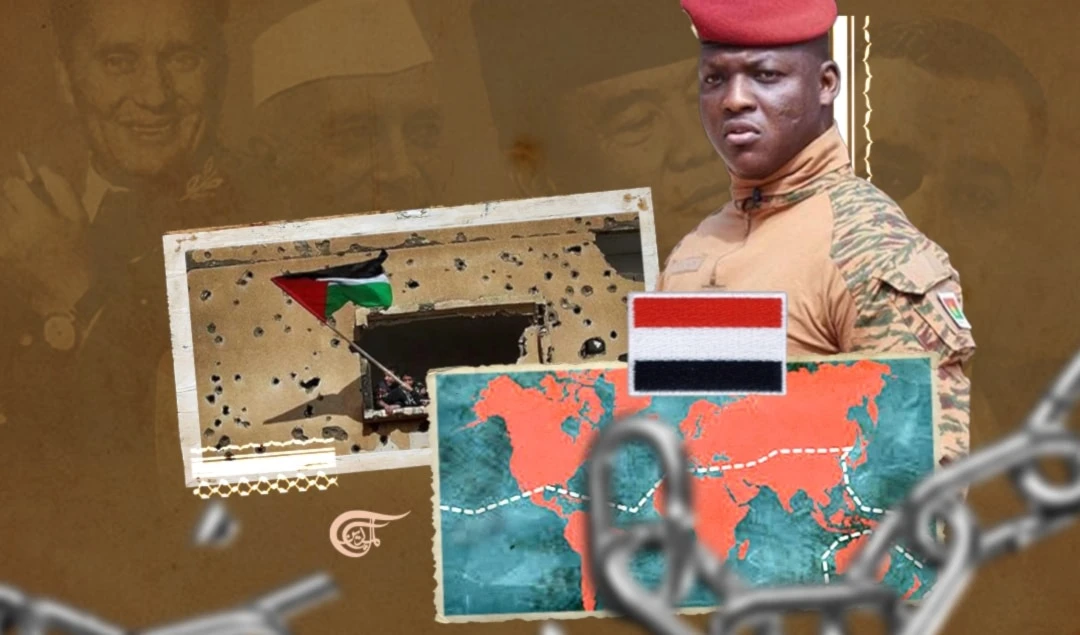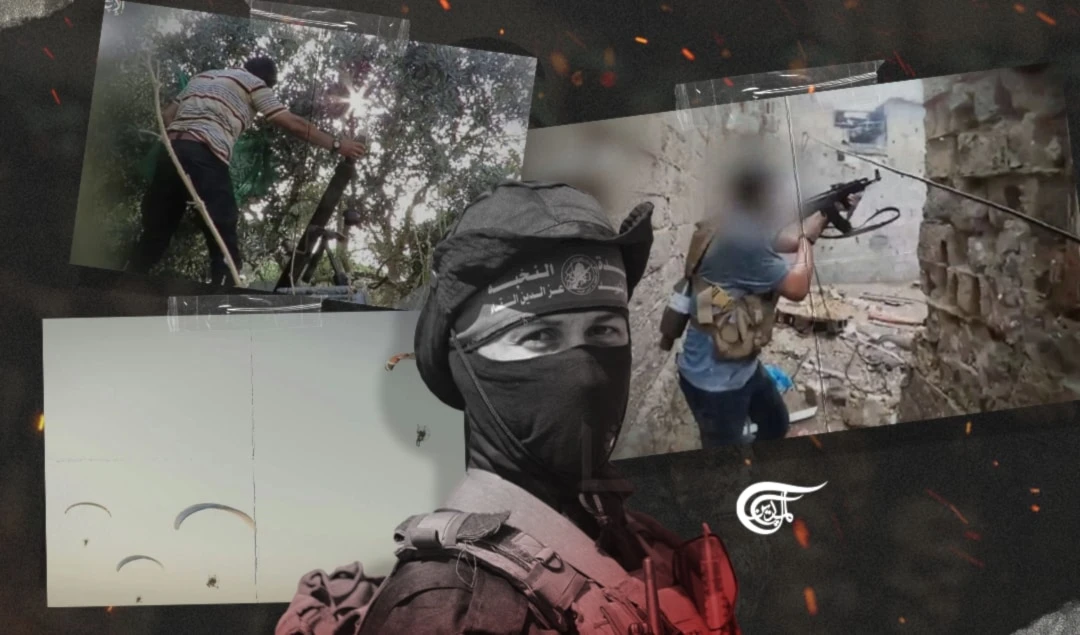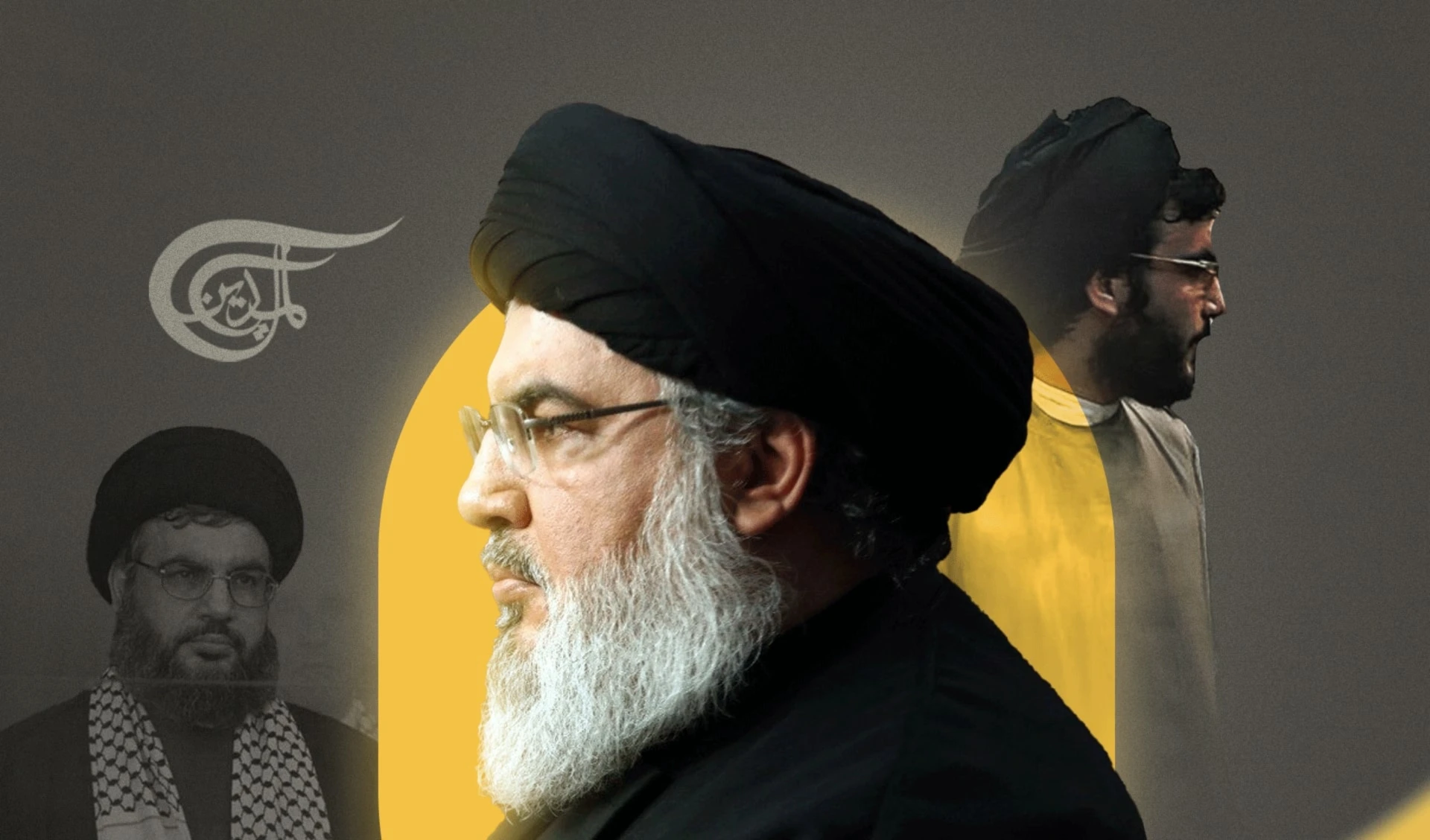Mali and Burkina Faso's proposed federation: History and trajectory
Mali and Burkina Faso share a great deal in common: both countries have had brief periods of socialist governance in the 20th century, and both countries are currently led by military governments.
-

Mali and Burkina Faso's proposed federation: History and trajectory
Mali and Burkina Faso, two landlocked West African countries and former French colonies have proposed joining forces and erasing their borders through the creation of a federation. This has been criminally underreported in the West and English language media. The countries share a great deal in common besides their colonial past: both countries have had brief periods of socialist governance in the 20th century, both countries are exporters of gold, cattle, and cotton, and both countries are currently led by military governments. These commonalities are playing a crucial role in the proposed federation. In this article, I will briefly break down these common features, and provide a short historical review in order to show how this proposed federation could in fact awaken the sleeping lion of Pan-Africanism and African unity.
Mali’s first independent government (1960-68) was led by Modibo Keita, an ardent socialist and Pan-Africanist. Mali’s socialist development always strove for a balance of independence from the two blocs of the Cold War, while also preaching universal brotherhood of peoples in Africa and across the world. Keita is said to be the lineal descendant of Sundiata Keita, the 13th-century king of the Mali empire. This historical connection gave a resounding reply to the problem of socialism and the national question. According to Malian historian, Mamby Sidibé:
[Mali's] choice of a socialist system is inspired by the political doctrines of the former great empire unity of the people, thanks to the existence of a single party, happiness of each through the work of all, and vice versa, and a single objective, economic independence, are the sine qua non of all that justifies the motto of the Republic: One People -One Goal -One Faith…There is no shadow of doubt about the bright future of the descendants of Sundiata…The Republic of Mali will be a daughter worthy of the great Soudan empire of the African middle ages [1].
Burkina Faso’s socialist experiment in the 1980s was led by Thomas Sankara, a familiar name for those versed in the histories of Africa and socialism. Sankara’s government vaccinated 2.5 million children against yellow fever, meningitis, and other diseases plaguing the country. Ten million trees were planted to combat desertification in the Sahel, women were appointed to high positions of government and military, roads and a rail system were built without foreign aid, and Sankara famously sold the government fleet of Mercedes cars and replaced them with the Renault 5. Modibo Keita and Thomas Sankara are still alive in the hearts of the Malian and Burkinabe peoples. This is highlighted by a group called The Walkers for African Unity, who walked from Bamako, Mali, all the way to Ouagadougou, Burkina Faso to promote this federation; they ended their 500+ mile journey at the memorial of Thomas Sankara.
Today’s Malian and Burkinabe governments know themselves to be descendants of these giants of African liberation, and this proposed federation between the two countries is part and parcel of this tradition. Despite this, both countries are under a battery of sanctions from ECOWAS, the regional power structure, which functions similarly to the EU in Europe. Apollinaire Joachim Kyélem de Tambèla – the current PM in Burkina Faso – is a contemporary of Thomas Sankara, and worked alongside Sankara rebuilding the country in the 1980s. The fact that he was selected by the military government to be PM is telling of the nature of this movement. Tambèla is quoted as saying, “I have already said that Burkina Faso cannot be developed outside the line drawn by Thomas Sankara”. Among the first actions of Tambèla and the current Burkinabe government were lowering government salaries, restoring relations with DPRK, and expanding relations with the Islamic Republic of Iran. This proposed federation and those calling for it seek to be part of the new non-aligned movement of the world. By expanding these relations right now, many are optimistic about the federation. On the Malian front, Colonel Assimi Goïta just held a phone conversation with Russian President Vladimir Putin regarding the economic and security situation in North Mali. Russia has promised to deliver cereals, fertilizers, and fuels to the African country. Back in February, Sergey Lavrov visited Mali and thanked the country for their votes at the UN against the glorification of Nazism. Two main factors have driven Mali and Burkina Faso to this point of proposing a federation: firstly, both countries have been plagued by insurgencies in the north by Al-Qaeda and ISIS affiliates who have leaked across Mali’s northern border with Algeria after the NATO-led assault on Muammar Al Gaddafi. About 40% of Burkina Faso is under insurgent control currently. Although some elements of the insurgency pre-date the Libya crisis, these Wahhabi/Salafi elements have existed throughout. Secondly, the economic situation in both countries is one of dependency, export-driven revenue, and a lack of monetary sovereignty.
The economic situation in both countries is quite similar. Both Mali and Burkina Faso are exporters of gold, cattle, and cotton. The economic arrangement, as always, can tell us a lot about the distribution of power and the nature of development. The two countries are part of the West African Economic and Monetary Union (WAEMU), which means that they both use the CFA Franc currency. A note on this currency: the CFA Franc is one of the final mainstays of French colonialism in the region. This currency is controlled by the French Treasury, 50% of currency reserves must be ‘parked’ in Paris, all coins and notes are minted in France, and the currency remains pegged to the Euro. While the mechanics of monetary unions, and their positives and negatives are beyond the scope of this article, it suffices to say that France retains firm economic control in the region and that the internal workings of the CFA Franc prevent meaningful internal development of industry in countries beholden to it. This lack of development has laid the groundwork for growing networks of the above-mentioned Al-Qaeda and ISIS affiliates.
The growth of the insurgencies in Mali and Burkina Faso has plagued both governments. Initially, in 2013 Mali called on France to come to their aid against these groups. This was known as Operation Serval, and then Operation Barkhane. While there were some initial successes in regaining territory, these operations can be seen as failures due to the continued presence of groups like AQIM (Al-Qaeda in the Islamic Maghreb). Upon the coups which brought them to power between 2020 and 2022, the governments in Bamako and Ouagadougou have chosen to oust French forces and expand their security relations outside of Europe. While the official narrative of these governments and the Russian government is that Russian army officials are present to train the militaries and aid them against the insurgencies, there is speculation that the infamous Wagner Group is operating in Mali and Burkina Faso.
In sum, the proposed federation between Mali and Burkina Faso retains popular support from various grassroots organizations such as Save Burkina, Groupe de Patriotes du Mali, The Walkers for African Unity, West African People’s Organization, Volontaires pour la Défense de la Patrie, and more. While this has been underreported in much English language media, this article has highlighted the reasons for proposing a federation, the governments behind it, and the regional and geopolitical situations which can give it life or snuff it out. For those interested in Pan-Africanism, African liberation, and multipolarity, we must offer our sincere support on any front possible. A Luta Continua!
References:
[1] Synder, Francis. 1967. The Political Thought of Modibo Keita. The Journal of Modern African Studies.

 Hanna Eid
Hanna Eid
 7 Min Read
7 Min Read









